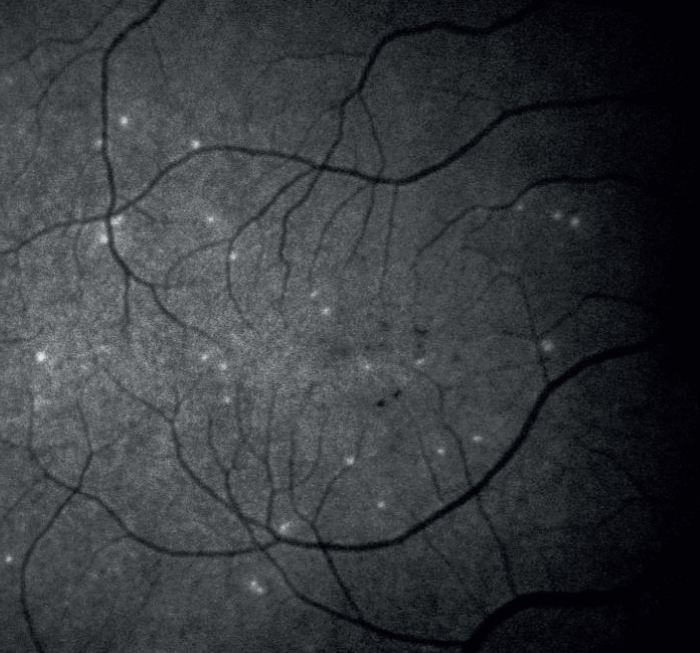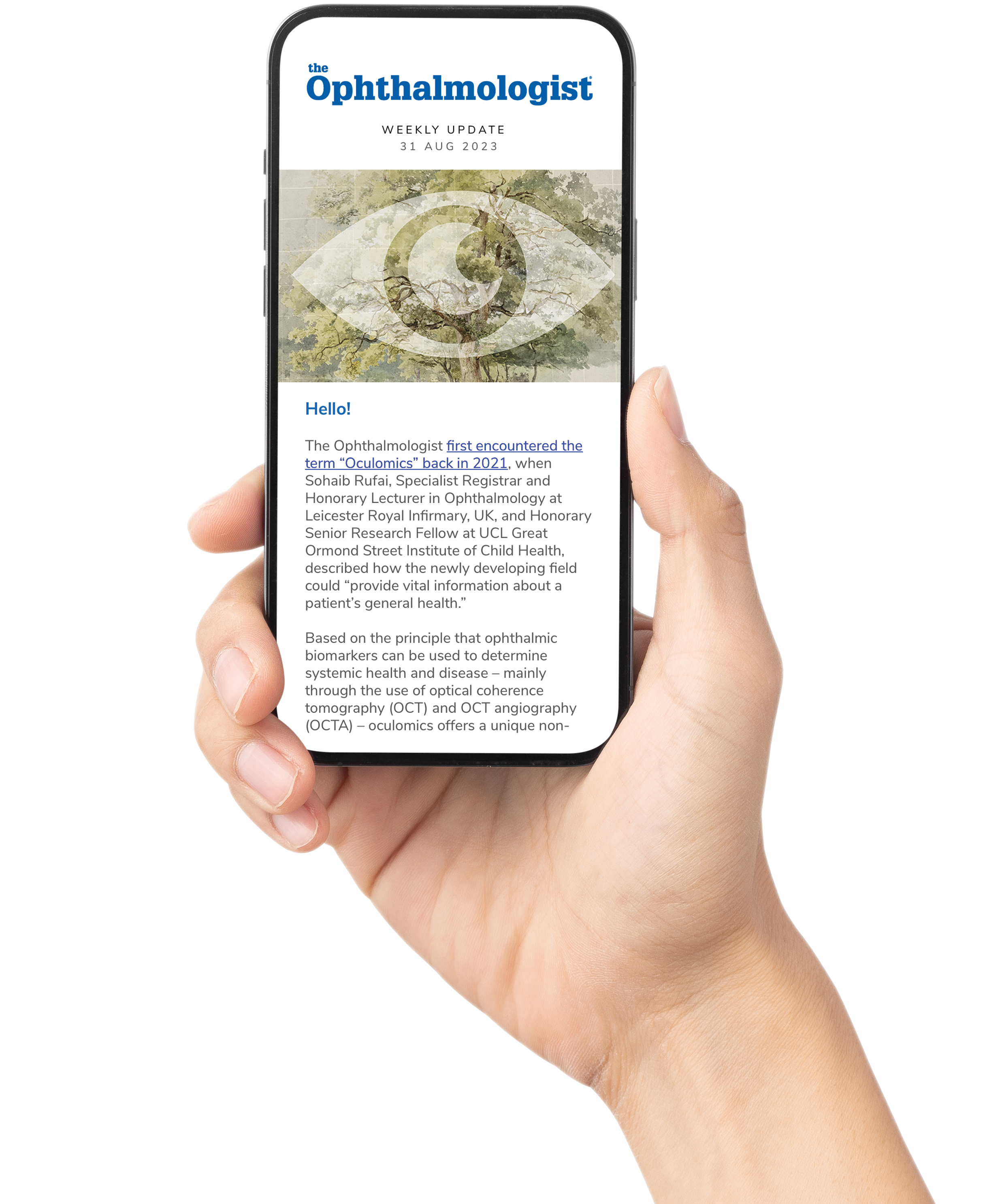
How useful would it be to have a test capable of picking up signs of glaucoma even 18 months earlier than with current methods, such as OCT? A new way of visualizing retinal cells, called DARC (Detection-of-Apoptosing-Retinal-Cells), developed as part of a clinical trial sponsored by the UCL Institute of Ophthalmology in London, UK, uses a fluorescent dye to illuminate cells in the process of apoptosis.
Then, an AI-aided algorithm analyzes patients’ retinal scans and refers those with higher DARC counts for further diagnosis. The trial found a significantly raised DARC number in patients who later progressed. The new method could also be used to test patients with AMD, as well as other neurodegenerative diseases.
References
- EM Normando et al., Expert Rev Mol Diagn, [Epub ahead of print] (2020). PMID: 32310684.
